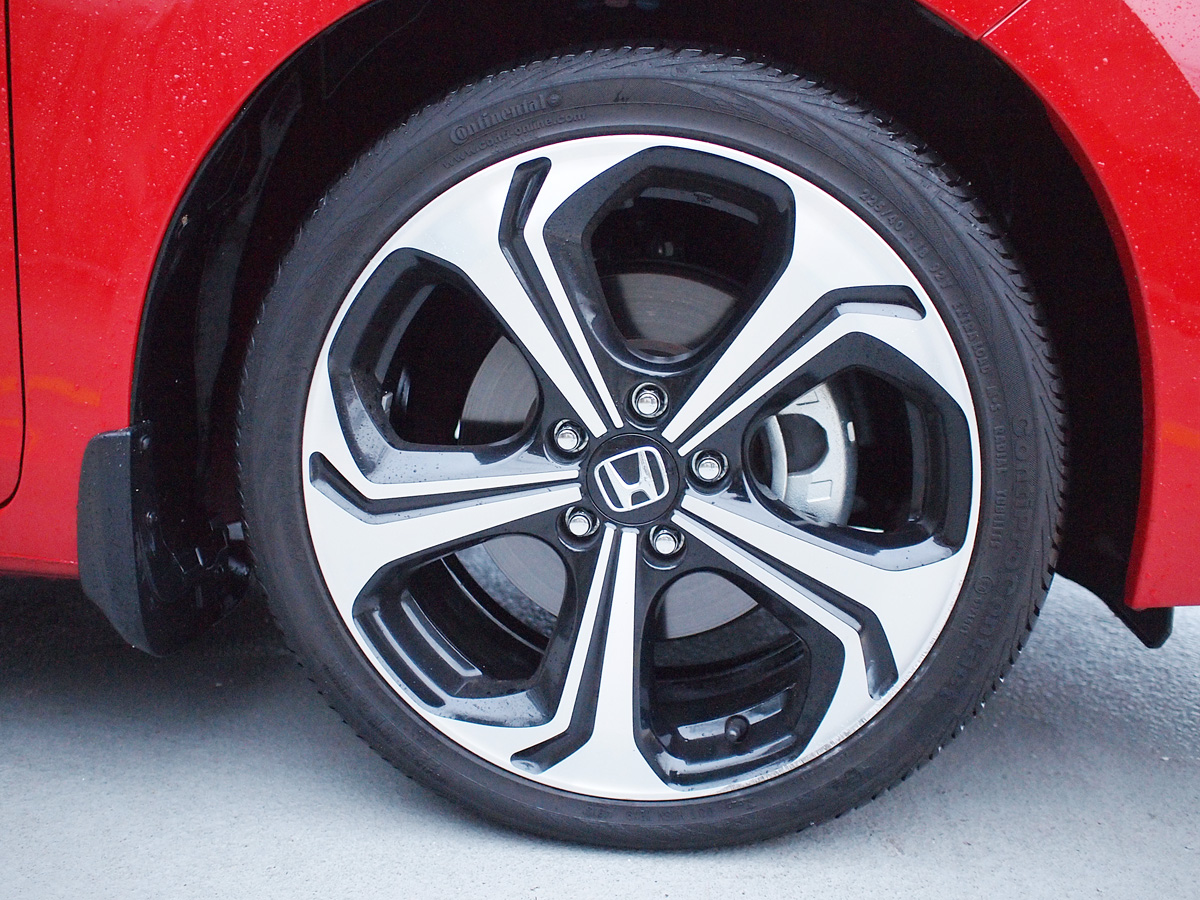
Requalification gives OpenRoad exclusive category designation after three consecutive wins.
VANCOUVER, B.C. (March 10, 2015) – OpenRoad Auto Group is once again honoured to be named one of Canada’s Best Managed Companies in 2015 for excellence in business performance. OpenRoad first won the award in 2012 and then again in 2013 & 2014, and has now requalified to maintain the Best Managed company status this year. The designation makes OpenRoad the only BC company in its category to receive the prestigious award three years in a row.
Sponsored by Deloitte, CIBC, National Post, Queen’s School of Business and MacKay CEO Forums, the Best Managed award recognizes Canadian owned and managed companies with revenues over $10 million for sustained growth, financial performance, management practices and the efforts of the entire organization.
“I would like to congratulate OpenRoad Auto Group and its entire workforce on their requalification as one of Canada’s Best Managed Companies. Achieving this standard of excellence takes a united effort from a dedicated team, said Peter Brown, National Co-Leader of Canada’s Best Managed Companies Program and Senior Practice Partner, Deloitte.“ Best Managed companies achieve success because they have a clear vision and lead teams that are committed to growth and profitability.
In the competitive automotive category, OpenRoad Auto Group continues to demonstrate leadership in the areas of growth, profitability, and innovation by employing new technologies and programs that improve the overall customer experience and maintain one of the highest employee retention rates in the industry. In 2014, OpenRoad acquired Rolls-Royce Motor Cars, the BMW Store and Yaletown Mini. 2014 also saw the opening of Porsche Centre Langley, making the OpenRoad BC’s largest volume dealership group representing 12 import automotive brands at 15 dealerships.
Established in 1993, Canada’s Best Managed Companies is one of the country’s leading business awards programs that recognizes Canadian companies that have implemented world-class business practices and created value in innovative ways. Applicants are evaluated by an independent judging panel on how they address various business challenges, including new technologies, globalization, brand management, leadership, leveraging and developing core competencies, designing information systems, and hiring the right talent to facilitate growth.
“It is a great honour to be recognized once again with this prestigious award,” said Christian Chia, President and CEO of OpenRoad Auto Group. “Our team has worked hard to set a new standard for excellence in the automotive industry and we look forward to raising bar even higher with some exciting new initiatives we’ll be unveiling later this year.”
2014 winners of the Canada’s Best Managed Companies award, along with the Gold Standard winners, Requalified and Platinum Club members will be honoured at the annual Canada’s Best Managed Companies gala in Toronto on March 31, 2015. On the same date, the symposium will address leading-edge business issues that are key to the success of today’s business leaders.
A complete list of Best Managed winners, Requalified winners, Gold Standard winners, Gold Standard requalified winners and Platinum Club winners is available here: https://www.bestmanagedcompanies.ca/en/meetourwinners/Pages/Home.aspx
About Canada’s Best Managed Companies
Canada’s Best Managed Companies continues to be the mark of excellence for Canadian-owned and managed companies with revenues over $10 million. Every year since the launch of the program in 1993, hundreds of entrepreneurial companies have competed for this designation in a rigorous and independent process that evaluates their management skills and practices. The awards are granted on four levels: 1) Best Managed winner (one of the new winners selected each year); 2) Requalified member (repeat winners retain the Best Managed designation for two additional years, subject to annual operational and financial review); 3) Gold Standard winner (After three consecutive years of maintaining their Best Managed status, these winners have demonstrated their commitment to the program and successfully reapplied for the designation. Companies may requalify for two additional years, subject to annual operational and financial review; 4) Platinum Club member (winners that maintain Best Managed status for a minimum of six consecutive years). Program sponsors are Deloitte, CIBC, National Post, Queen’s School of Business and MacKay CEO Forums. For further information visit http://www.bestmanagedcompanies.ca
About OpenRoad Auto Group
In 2000, OpenRoad Auto Group formed to offer car buyers and owners an experiential automotive retail service. With sales and service in multiple languages, OpenRoad Auto Group encourages a car buying experience based on openness, participation and expertise. One of Canada’s Best Managed Companies, CADA Laureate and the recipient of multiple Canadian Best Employer Awards, OpenRoad is the largest volume dealership group in British Columbia with a team of over 800 associates representing 12 import brands at 15 dealership locations. Visit www.openroadautogroup.com.
MEDIA CONTACT:
Tanis Sullivan
(604) 230-8008
tanis@tanissullivan.com
https://www.canadas50best.com/en





































